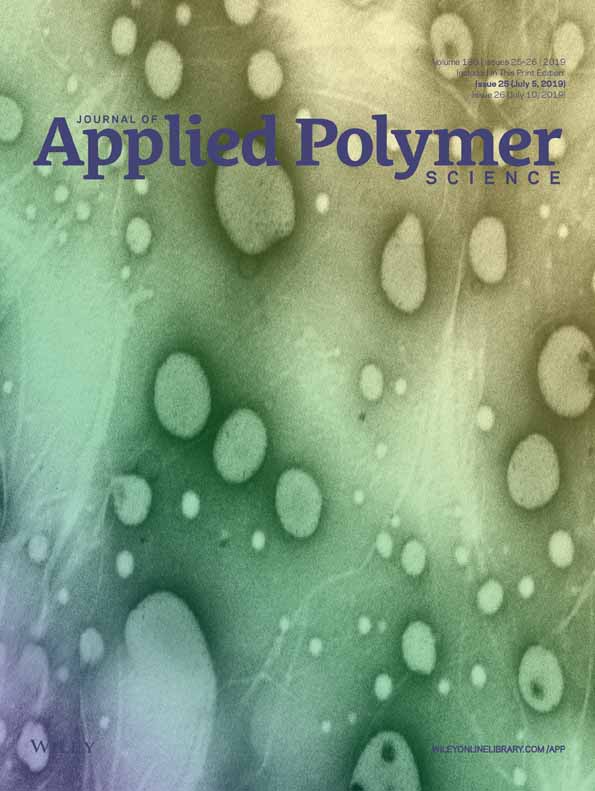Improved fracturing fluid using: Organic amino boron composite crosslinker with BN covalent bond
ABSTRACT
In order to create an improved fracturing fluid, an organic amine boron composite crosslinker (ABC-1) was prepared from boric acid, triethylenetetramine, ethylene glycol, and mannitol. It has no irritating smell and its synthesis is simple, making it suitable for large-scale field applications. To illustrate the advantages of the new crosslinker, it was compared to the organic borate crosslinker prepared from boric acid, ethylene glycol, and mannitol. The sand-carrying capacities, micronetwork structure, and rheological behaviors of fluids with these crosslinkers were investigated at 90, 100, and 110 °C. The results show that the additional BN r covalent bond in the ABC-1 crosslinker leads to the formation of a denser network structure making it possible to reduce the amount of thickener by about 10%. The temperature resistance could also be enhanced at least 10 °C. © 2019 Wiley Periodicals, Inc. J. Appl. Polym. Sci. 2019, 136, 47675.




